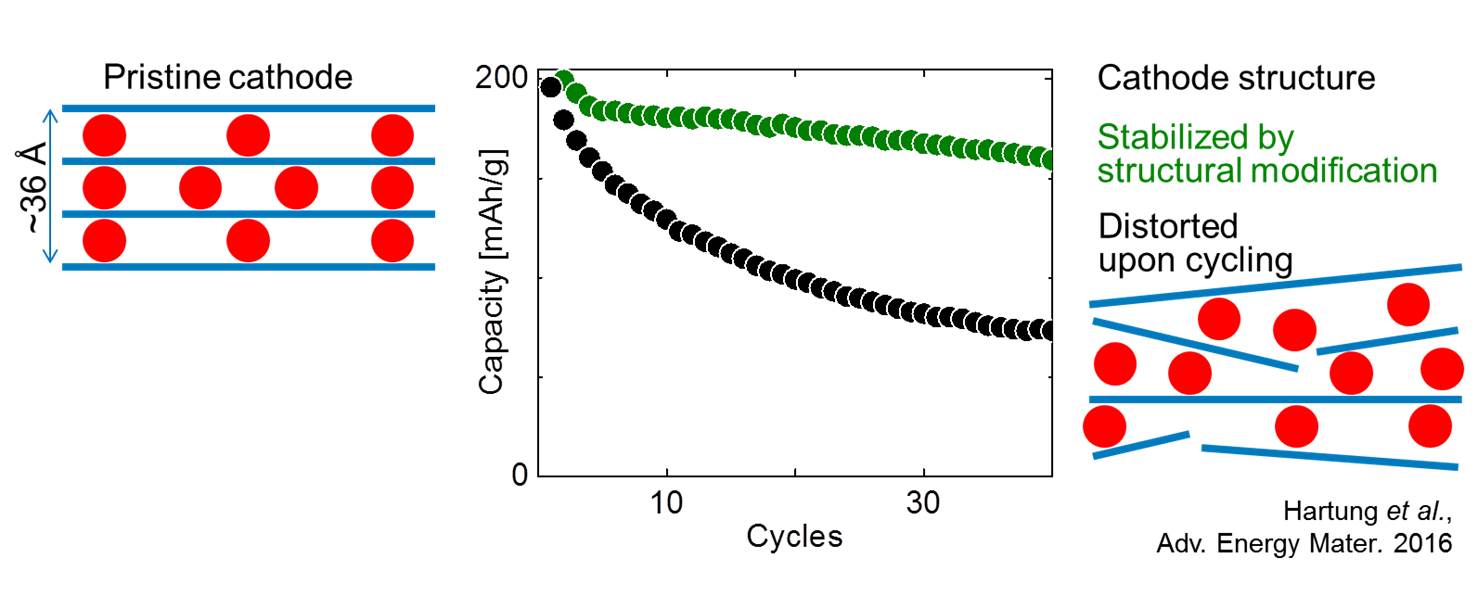- QUASAR
- AquaCycle
- Proteins4Singapore
- Singapore's Pathway to Carbon Neutrality
- CellFACE
- LightSPAN
- Computational Modelling Group
- Energy and Power Systems Group
- SITEM - Singapore Integrated Transport and Energy Model
- Past Projects
The Center for Electromobility in Megacities
Phase 1 (April 2010 – March 2016)Overview
In Phase 1, TUMCREATE broke new ground in the field of electric vehicle research and development. Over 120 scientists, researchers and engineers and more than 12 Chair Professors conducted pioneering research in ten different fields. These included new battery materials and storage, innovative EV designs, low-energy air-conditioning, transportation system optimisation, and energy storage.
30 Invention Disclosures were made during Phase 1 and the team won the eCarTec Award for Innovation, Germany and the Land Transport Excellence Award, Singapore.
Research
The first half of Phase 1 involved enormous efforts in simultaneously setting up the infrastructure that allowed us to build the electric taxi, named EVA, and launching it at the Tokyo Motor Show in November 2013. The second half of TUMCREATE’s Phase 1 was not only a time of consolidation and harvesting, but even more a time of implementation and testing of new goals that gradually influenced the activities of Phase 2.
The many excellent results in both research and their ‘engineered’ realization have appeared in more than 370 ISI listed publications and the high international visibility of TUMCREATE is documented by more than 6000 citations.
The Phase 1 activities in TUMCREATE were carried out in four Clusters – A, B, C and D.
Cluster A research overarched all aspects of electromobility from Electrochemistry and Applied Battery Research while Cluster B researched Communication, Computation and Simulation involving embedded systems, modelling and optimisation. Cluster C covered design, prototyping and development of electric vehicles while Cluster D considered transportation and traffic engineering and the associated energy management problems.
The nature of the research highlights achieved in the electrochemistry Cluster A is both fundamental and applied. For instance, a significant fundamental breakthrough was in the emerging field of sodium-ion batteries. Our insight into the structural parameters determining cycling stability allowed us to drastically improve the battery performance by a “pin” effect as illustrated in Figure 1. On the side of applied research, in Cluster A an operative Battery Test Laboratory was developed and deployed. This laboratory is the only one in the ASEAN countries. It is currently on the way to becoming an out-sourced commercial enterprise in Singapore.

Figure 1. Structural origin of capacity loss in a vanadium oxide sodium-ion cathode after multiple charging/discharging cycles and its stabilization by structural modification (“Pin” effect).
Cluster B used informatics for treating complex systems. Highlights of this research were the investigation of the correctness and reliability of electronic hardware and software in the many different distributed, yet interconnected, embedded computer systems in modern vehicles. These are a core aspect of safety in future electric and autonomous vehicles. The research addressed the design, verification of correctness, certification and safety of these new complex systems. In addition, Singapore’s first Scalable Electromobility Simulator (SEMsim) was developed for conducting city scale electromobility studies to assess the impact of electromobility concepts on the traffic and power infrastructure of Singapore.
The highlight of the work in Cluster C, also comprising some research from Cluster B, was a fully functional electric car. The electric taxi EVA was the first car ever designed, developed and built in Singapore. The details of the design are available for technology transfer for manufacturing. Even if it transpires that manufacturing EVA in Singapore is not feasible for a number of reasons including cost, the car provides a unique test-bed for the interfacing development of sensors in autonomous vehicles.
Cluster D sought improved understanding of the impact of electric vehicles on the Singapore power system, especially the requirements for charging and benefits of smart charging. Cluster D also simulated a vision over an integrated transport system with e-mobility within Singapore. An innovated pavement system was proposed based on local conditions in Singapore. This pavement enables fast replacement for maintenance with long life cycle and low cost.

